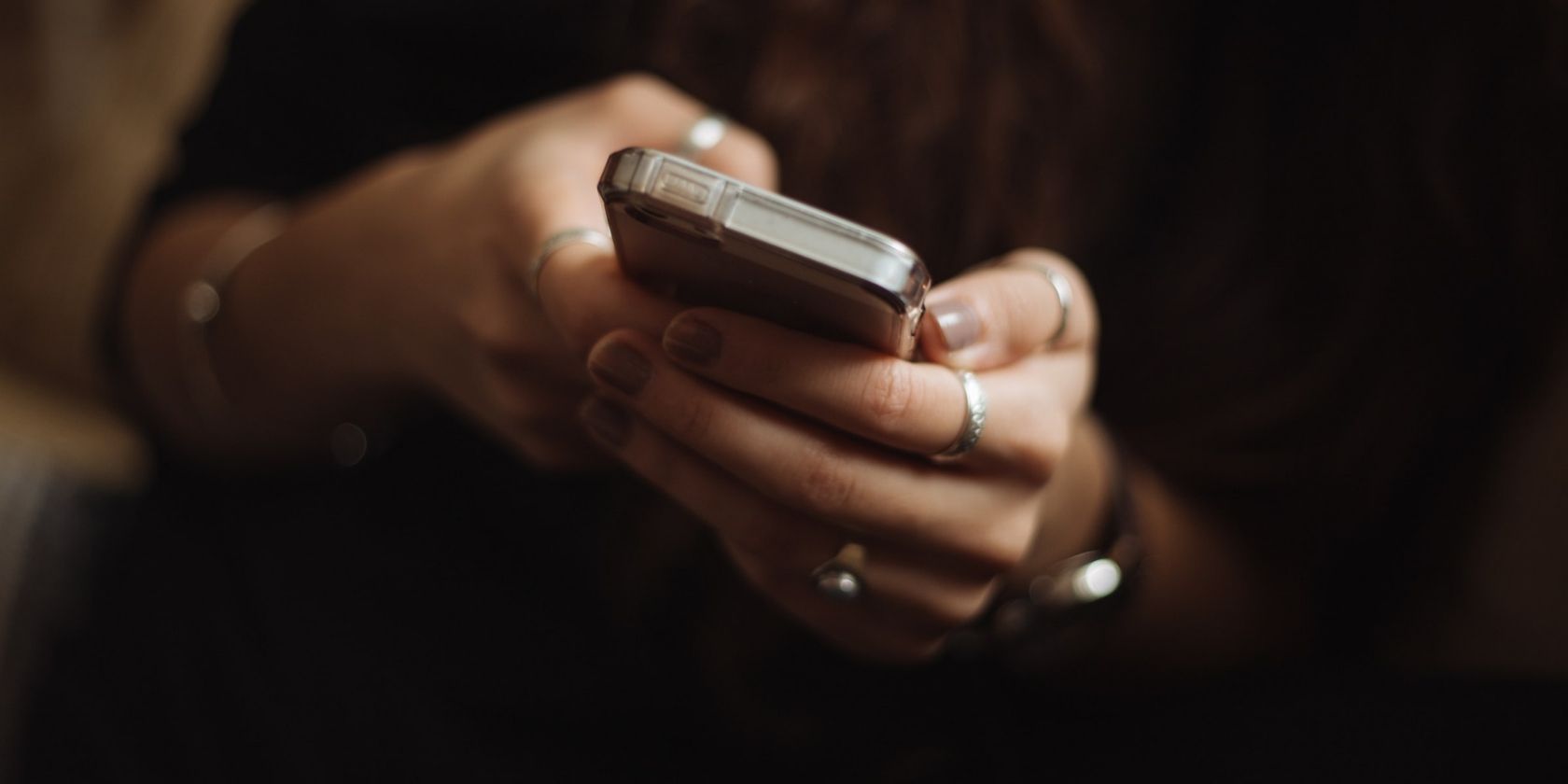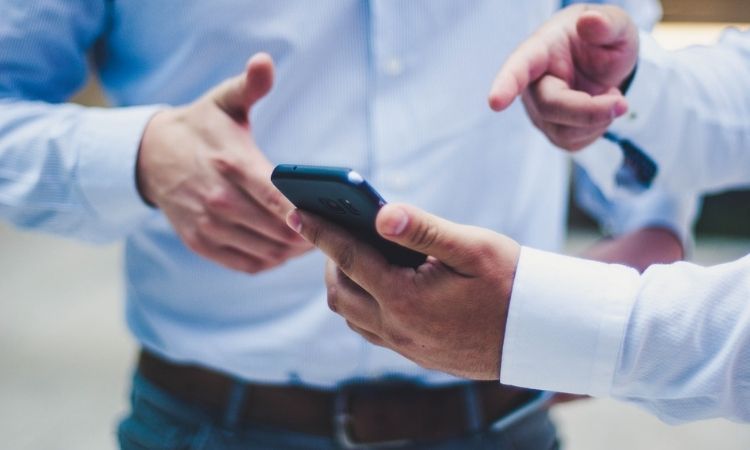A new form of online abuse called cyberflashing is on the rise. Harassers who cyberflash send obscene or inappropriate images to victims by abusing security flaws in services like AirDrop. Cyberflashing is becoming more common, but you can avoid this kind of harassment with simple changes to your apps' security settings.
What Is Cyberflashing?
In a cyberflashing attack, a harasser uses a service like AirDrop—which enables iPhone users to send files and images directly to others—or direct messaging tools on social media to send explicit photos without the recipient's consent.
The tactic is similar to other forms of online abuse, like Zoombombing or Zoom raiding. Zoombombing harassers use default app or device security settings to join private meetings. They may disrupt things by shouting profanities and sharing graphic or inappropriate images.
Cyberflashing attacks often go unreported, meaning authorities don't have a good idea of how often they occur. However, available information suggests that cyberflashing and many other types of online abuse are becoming much more common.
Whether cyberflashing is illegal depends on where you live. In most countries, there aren't specific laws against cyberflashing, but other regulations—that ban online harassment or cyberstalking—may cover the act. Singapore is one exception, where cyberflashing has been illegal since 2019.
Some countries are also starting to introduce legislation that would make cyberflashing a specific crime. The act isn't a crime yet in England and Wales, but government officials are working on new laws to make it illegal. PM Boris Johnson has denounced cyberflashing and even noted that it should be a criminal offense. Nadine Dorries, Culture Secretary of the UK, has also spoken out against it, stating that it may become a criminal offense in the Online Safety Bill.
Unfortunately, there are currently no plans in the United States for a federal law on cyberflashing, but the state officials in Virginia recently introduced a bill that would make it a crime, as reported by Virginia Mercury. If successful, it could go into effect later this year.
How to Avoid Cyberflashing
The proper security and privacy settings can prevent online harassers from sending you images at all—protecting you from cyberflashing and other kinds of online abuse.
If you have an iPhone, you can adjust your AirDrop settings to limit who you receive files from or disable the service altogether. These settings will also protect your device from some of the security risks that can come with using AirDrop.
Changing your settings can make it harder for friends and family to send you files using the feature, but you can make other changes to ensure your phone is easy to identify. Changing your iPhone's AirDrop name will make your iPhone stand out from other devices when you're in a crowd or public area. Or, you can limit AirDrop to just your contacts or disable receiving altogether until you actually need it.
On social media, it's often possible to opt out of receiving direct messages from strangers or users you don't follow. You may also be able to disable direct messaging entirely. Many platforms also allow you to limit comments or interactions from accounts you don't follow.
You can also make your account private to be fully protected. Depending on the platform, strangers won't be able to view your account or message you, preventing them from sending you images, comments, or files.
Take These Steps to Avoid Online Harassment Like Cyberflashing
Cyberflashing, while not illegal, still hurts people who fall victim to it. Sending photos, videos, and other content without the recipient's consent is morally wrong. Though cyberflashing has become more common with other forms of online abuse, you can use app and account security settings to protect yourself online.



